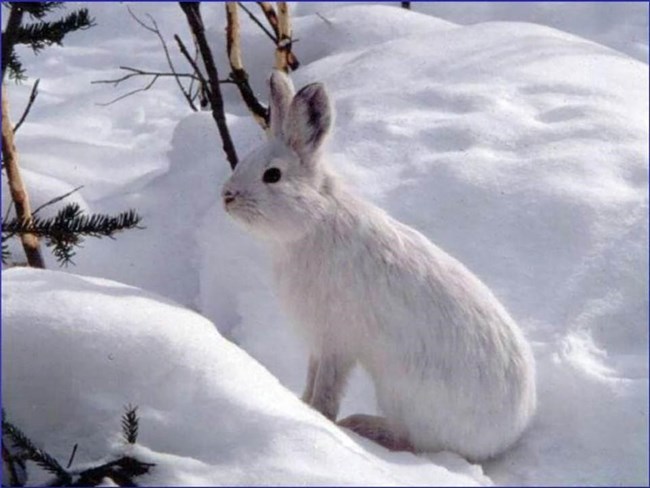
Wildlife in the Arctic are particularly adapted for the climate and environment. Some adaptations include extra insulation to stay warm (such as the muskox), white coloring to blend in (like Arctic fox, Dall’s sheep, and polar bears), and feet that are adept at walking on the spongy tundra, across slippery ice, and swimming, as conditions require (such as caribou or reindeer).
Sometimes, migration is the best strategy. For example, caribou migrate across the Arctic tundra to make use of different resources according to the seasons. Marine mammals, such as whales, migrate north when the ice clears to feed on the rich plankton of the cold Arctic waters. Many birds migrate enormous distances from all major continents, to reach the abundant food sources of the Arctic. The many lakes, expansive coastline and vast alpine areas provide breeding habitat for birds, but when the temperatures and sunlight decrease, they return to warmer, more hospitable climates.
Hibernation is another adaptation, used by grizzly bears and ground squirrels. Female polar bears hibernate when they are pregnant in order to conserve energy and give birth in a protected environment. They come out of hibernation when their cubs are old enough to follow them while they hunt for food. When Arctic ground squirrels hibernate, their body temperatures can even dip below freezing, a condition called supercooling. Explore more about how wildlife adapt to Arctic conditions.
Learn More About Arctic Wildlife
-
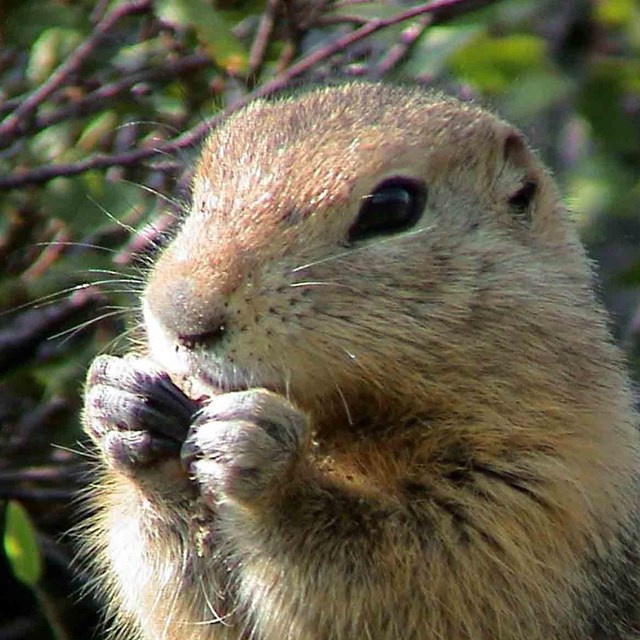 Arctic Ground Squirrel
Arctic Ground SquirrelAs an adaptation to the Arctic winter, arctic ground squirrels hibernate for about eight months.
-
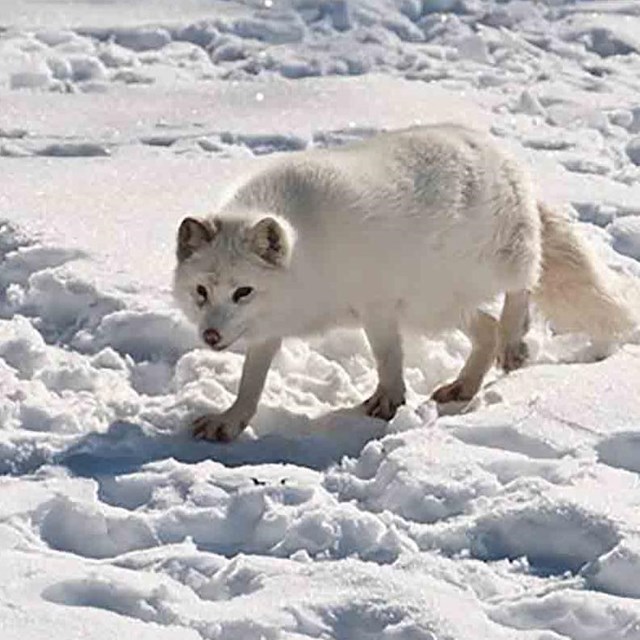 Arctic Fox
Arctic FoxArctic foxes are nomadic and travel great distances across their range, usually in a family group.
-
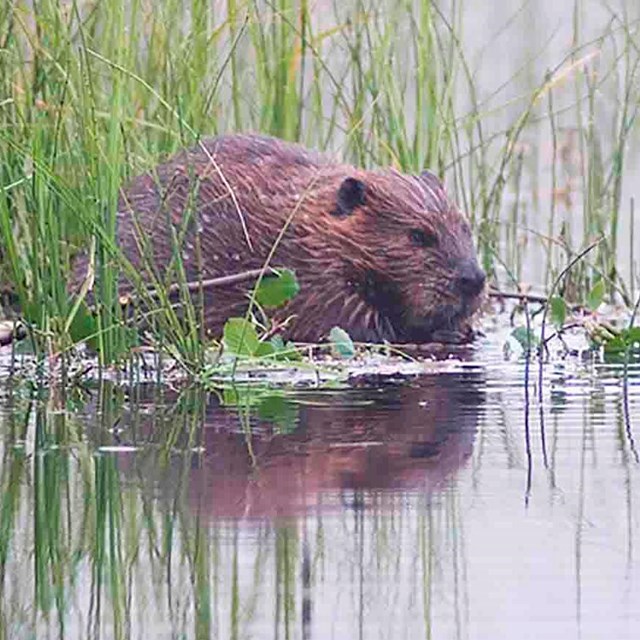 Beaver
BeaverBeavers are becoming more common in the Arctic.
-
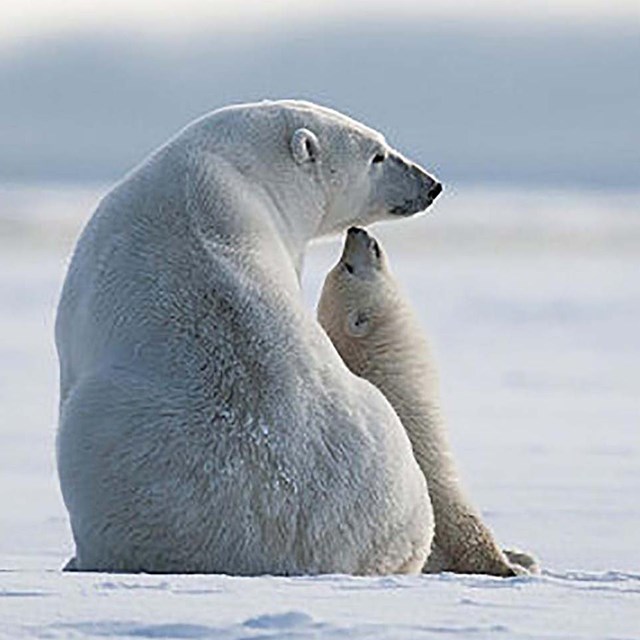 Polar Bears
Polar BearsPolar bears are iconic wildlife of the Arctic.
-
 Brown Bears
Brown BearsAlaska accounts for more than 50% of the remaining North American brown bears and has the second largest population worldwide.
-
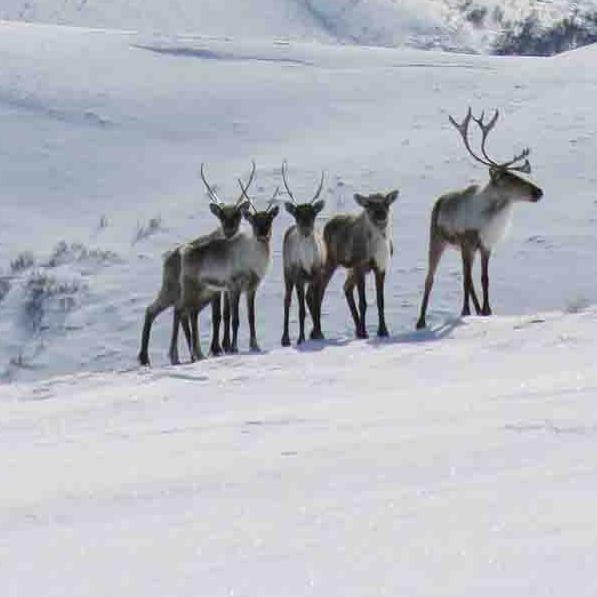 Caribou
CaribouCaribou herd sizes vary greatly over time. The Western Arctic Caribou Herd has hit as low as 75,000 and as high as 500,000 animals.
-
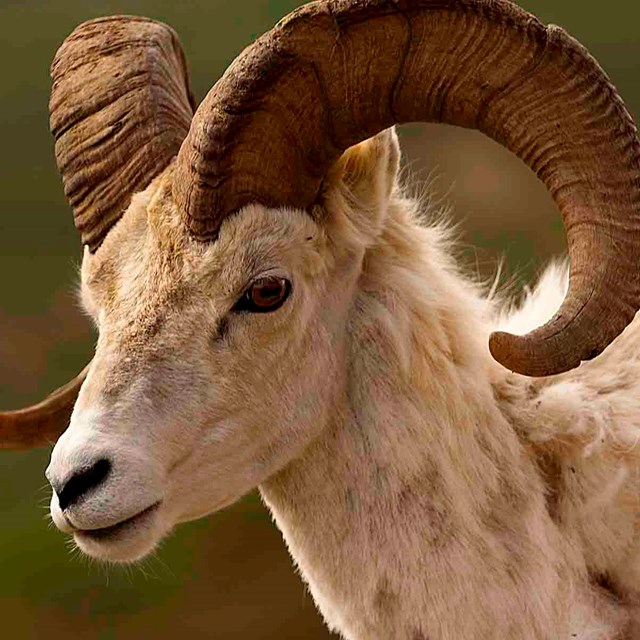 Dall's Sheep
Dall's SheepDall’s sheep are an alpine-adapted species at their northernmost extent in the Brooks Range of Alaska.
-
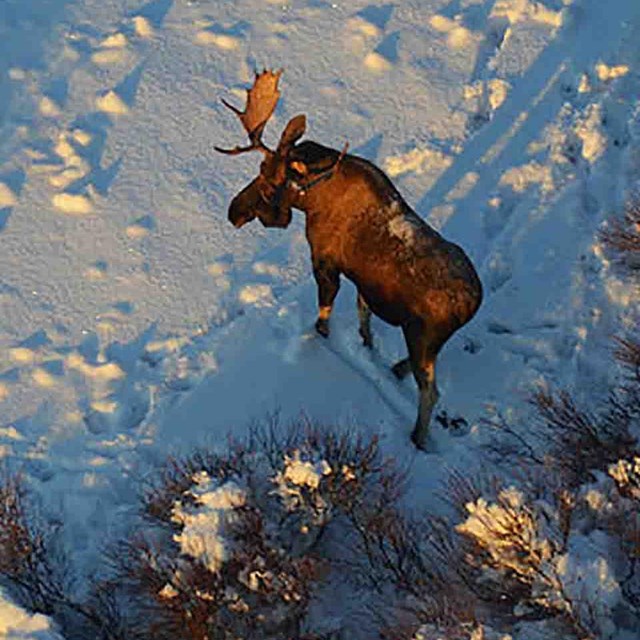 Moose
MooseMoose are an integral component of the boreal ecosystem in Arctic parklands.
-
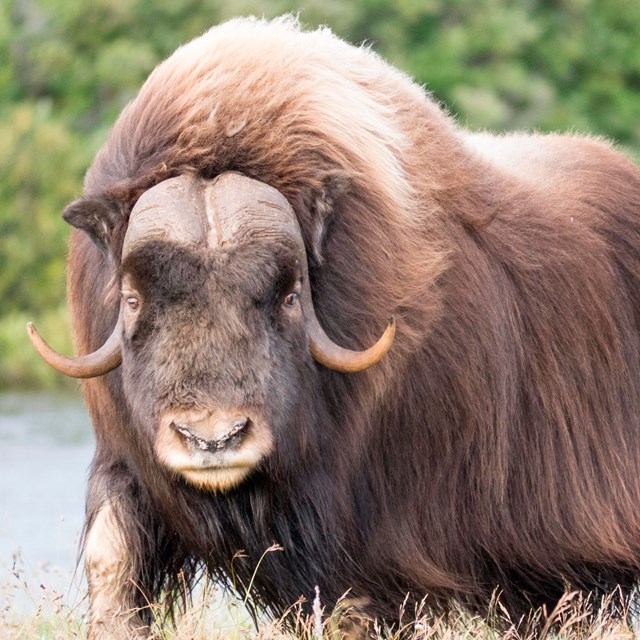 Muskox
MuskoxMuskoxen populations occur in four locations in Alaska, two of these ranges overlap Arctic parklands.
-
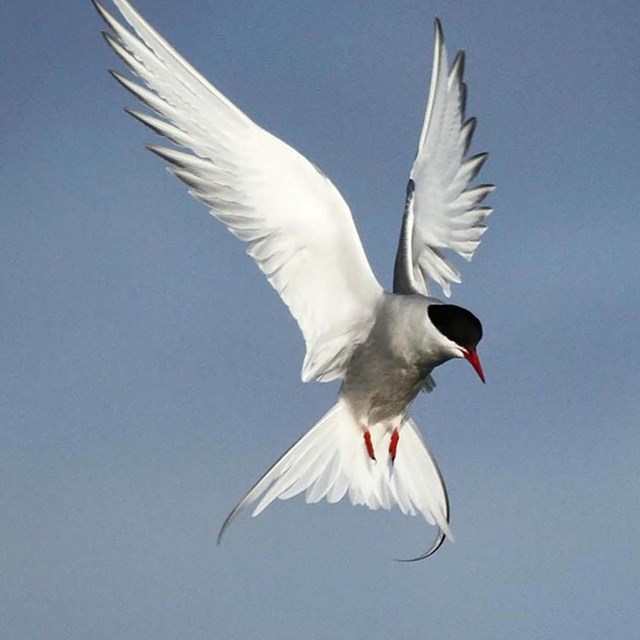 Arctic Tern
Arctic TernArctic Terns may migrate farther than any other birds, going from the high Arctic to the Antarctic.
-
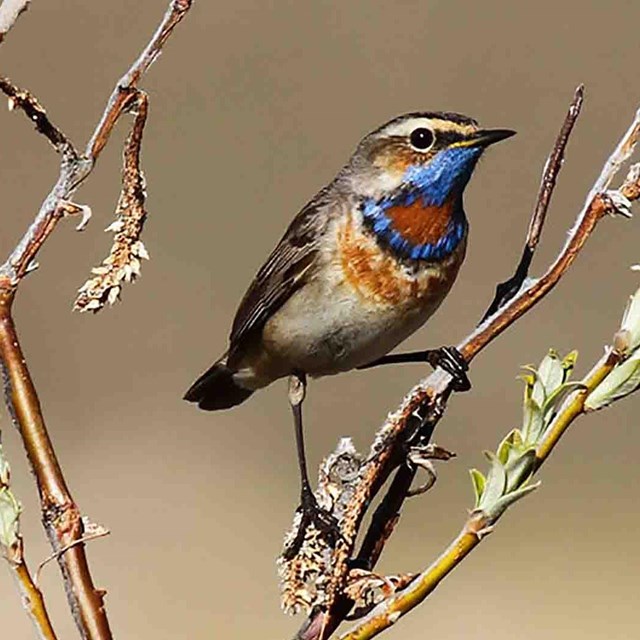 Landbirds
LandbirdsMost birds in the Arctic are migratory. Landbirds comprise more than 50% of the bird species in Arctic parklands.
-
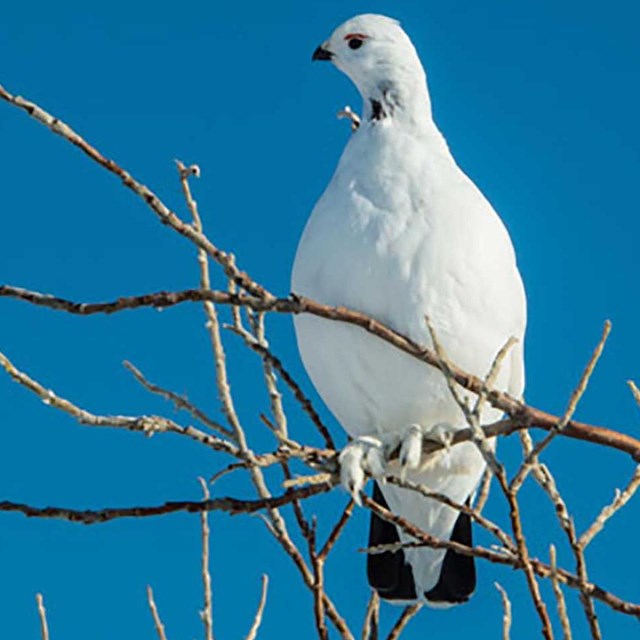 Ptarmigan
PtarmiganThe Willow Ptarmigan is the largest of three “Arctic grouse” found in Alaska, which also include the rock and the White-tailed Ptarmigan.
-
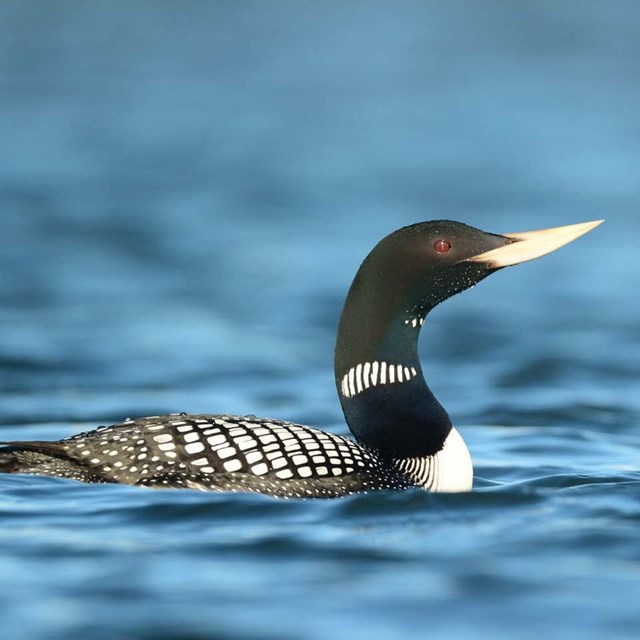 Yellow-billed Loons
Yellow-billed LoonsIn Alaska, Yellow-billed Loons are restricted to tundra landscapes on the Arctic Coastal Plain with large, deep, clear, freshwater lakes.
-
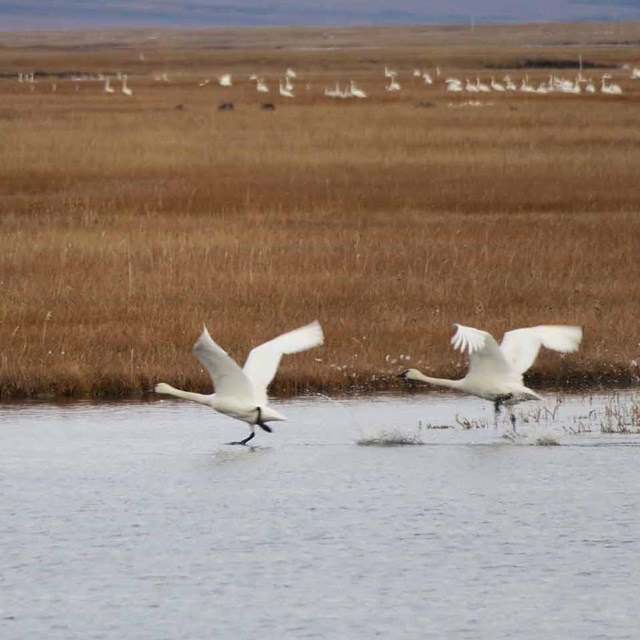 Tundra Swan
Tundra SwanNative Tundra Swans nest on Arctic tundra and migrate long distances to favored wintering areas.
-
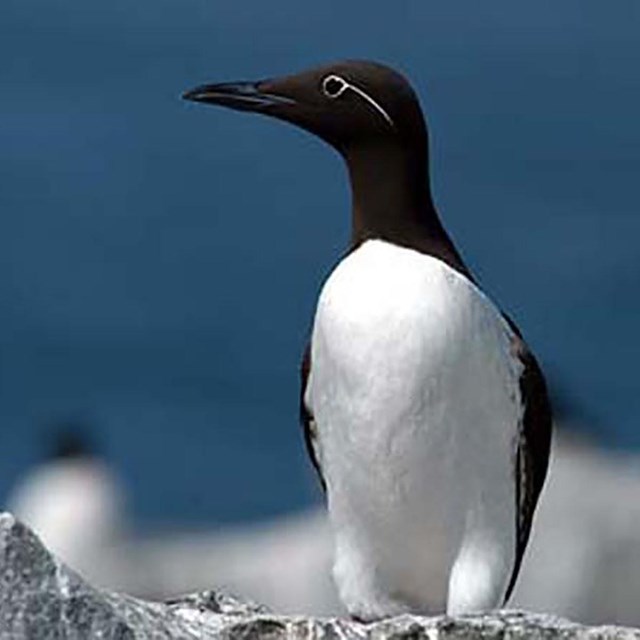 Arctic Seabirds
Arctic SeabirdsThere are 64 species of seabirds that breed in the Arctic.
-
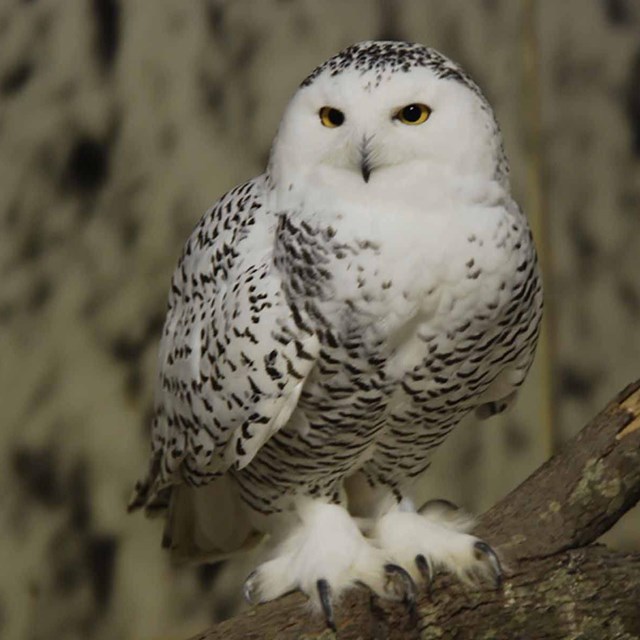 Snowy Owl
Snowy OwlSnowy Owls are a large, powerful owl of the high Arctic tundra, colored for camouflage during northern winters.
-
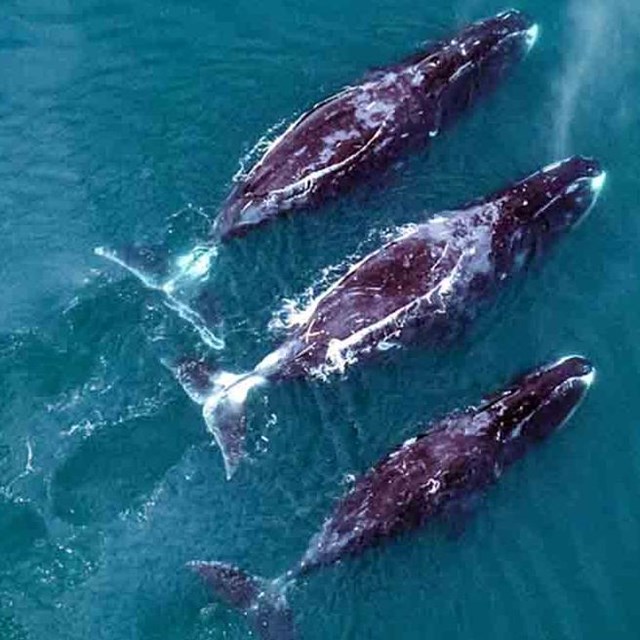 Bowhead Whale
Bowhead WhaleBowhead whales are one of the few whale species that reside almost exclusively in Arctic and subarctic waters.
-
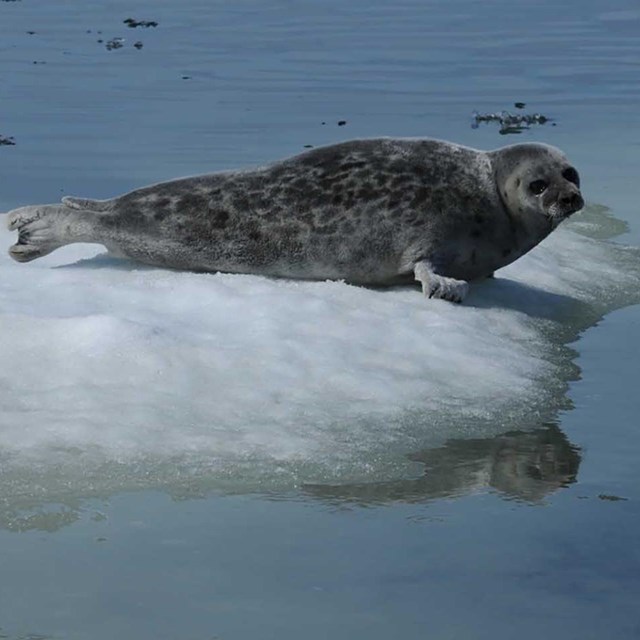 Ice Seals
Ice SealsFour species of ice-associated seals inhabit the Bering, Chukchi, and Beaufort seas of the Alaskan Arctic.
-
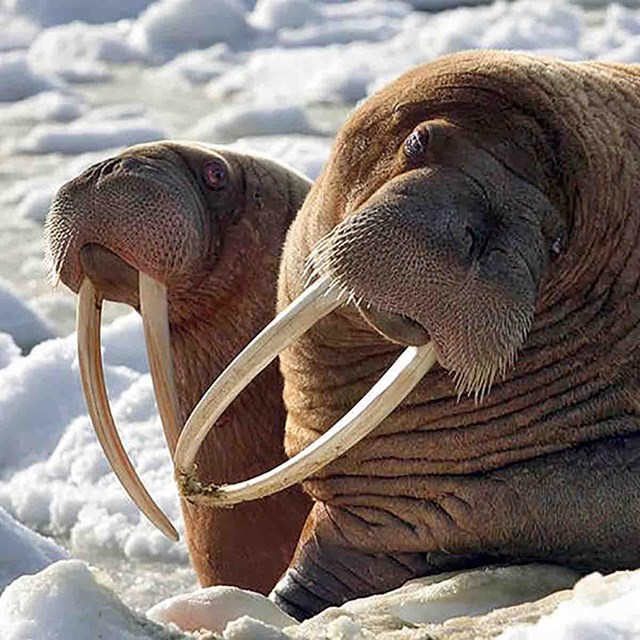 Walrus
WalrusWalrus live in the Bering and Chukchi seas where they haul out on sea ice and along the mainland coast and islands of Russia and Alaska.
-
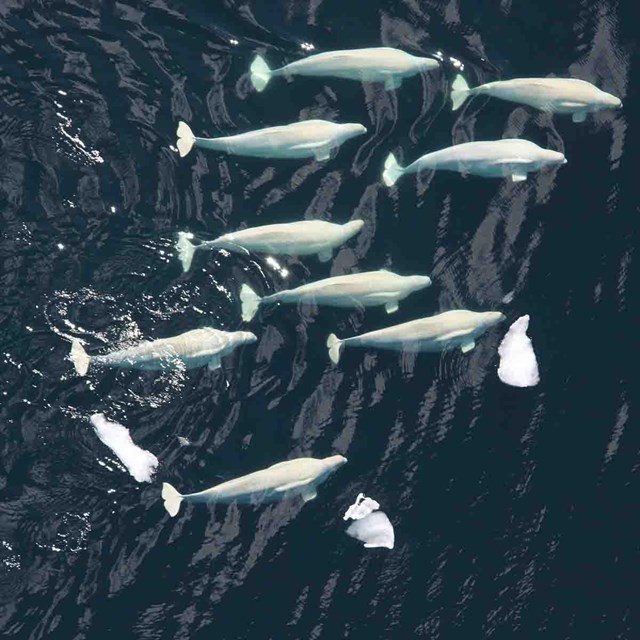 Beluga Whale
Beluga WhaleBeluga whales are known for their white color and range of vocal sounds. They are very social animals, forming groups to hunt migrate.
Last updated: July 15, 2019
